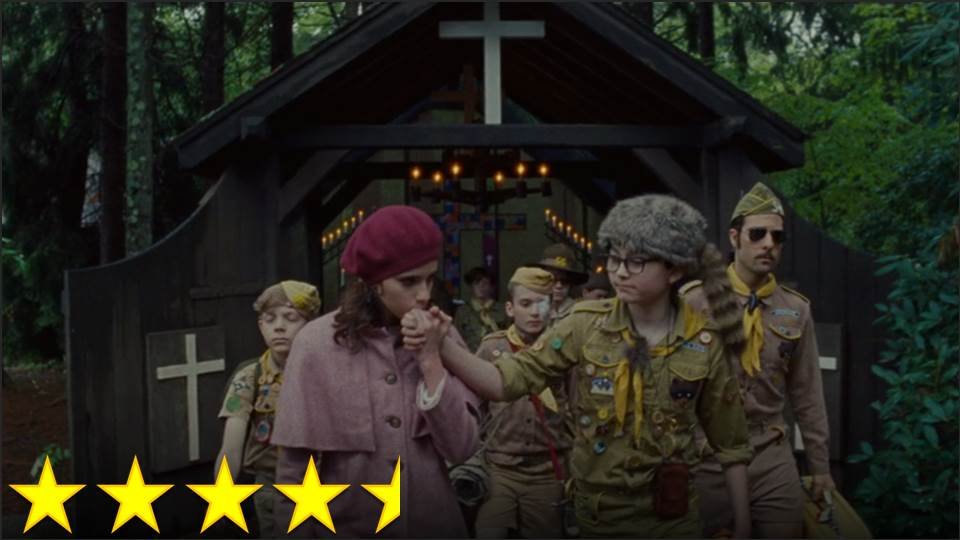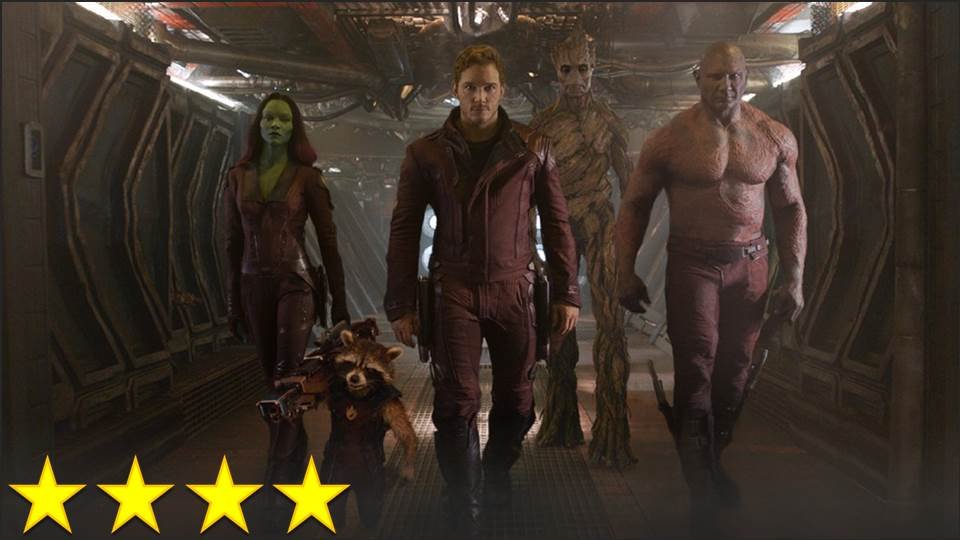This is the best film of 2017 I’ve seen so far. Hands down. Let’s talk about why.
I love it when I see a trailer for an upcoming movie and think, “Oh my gosh – what is this and how was it able to get made in today’s world?” What puzzled me about the Baby Driver trailer, or at least the particular trailer I saw first, was that it looked like a generic action movie (by generic I mean it contains many of the most common standards of the genre, like impossible car chases and crime bosses who threaten to kill loved ones and 93 guns going off in every scene), but it actually looked good. As the trailer explained more about the premise of the movie and what conflicts arise in it, I couldn’t help but think that this film must have come from a brilliant auteur – a Chazelle or Scorsese. Then, with one name, it all made sense to me: Edgar Wright.
Knowing that Wright is a really smart director, and that I share a lot of his tastes, I went into the theater expecting the film to be pretty good … for a “gun flick.” I couldn’t have known I would later leave the theater wanting it to win Best Picture. So, herein lies the first reason why Baby Driver is the best film of the year: it made a great movie out of a not-so-great genre. Where other films in the genre would rely on CGI for their tricks, Wright amazingly depended on practical effects, giving every scene in a car all the more weight. I think Wright approached this movie like he was making a movie – not like he was making an “action flick,” but like he was just making a good, compelling film – complete with interesting characters, gripping drama, highly inventive visual storytelling, and awesome music. He took the film seriously as a work of art, and he made sure his story was as compelling as could be, borrowing from as many genres, styles, and influences as needed to accomplish this feat.
Now, I’ve recently written a lot about the Guardians of the Galaxy series, particularly in regards to its use of music. There’s a trend that I think started around the late ‘80s – it had certainly become the norm by the early 2000s – of film soundtracks relying on a lot of known pop music (particularly older pop music) to add some fun, familiar elements to the film. This is so normal for comedies, dramas, and comedy-dramas now that we usually don’t even notice it. This music is generally non-diegetic, but often crosses into diegetic, and is selected very late in the filmmaking process to help establish the mood of a scene. Marvin Gaye’s “You’re a Wonderful One” clearly has nothing to do with the story to the movie Bowfinger, at least not in its lyrical content, but it appears frequently in the film purely because its fun, bouncy sound reminds the viewer that the movie is fun. With Guardians, the music is never an afterthought and is virtually always diegetic (or at least semi-diegetic), often taking the foreground in the scene and having an influence on the plot. I believe this is a game-changer because it’s one of the only film series today to challenge the theory that film is a visual medium, suggesting that sometimes the music is what drives a movie.
Guardians, you’ve just made a friend.
And this is the second reason why Baby Driver is the best film of the year: it uses music brilliantly. First of all, its soundtrack is very good. Secondly, and more importantly, the music is often used to create different kinds of scenes that I don’t think I’ve seen before – scenes in which the visuals are so in-sync with the music that lyrics from the song decorate the sets, or scenes with the music turned up and the dialogue turned down such that we’re only left with the general idea of the events taking place, and that’s all we need. The scene with “Never Never Gonna Give Ya Up” creates a mood that is both weirdly funny and intensely dramatic at once, almost like The Graduate (but for very different reasons). Heck, Wright even works a song from a live album into the opening scene, which is almost never done in film if the live recording isn’t remarkably well-known, and he keeps the part with the singer speaking to the audience in, all in a way that feels perfectly natural. Thirdly, and this is perhaps the most impressive part of the movie, Wright uses music to make us feel close to a character with very little dialogue for a lead – we understand what he’s thinking and feeling through his music, and that’s enough to make us empathize with him completely.
The third reason why this film is the greatest of 2017 so far is that it racks up “points for style” like no film I’ve seen from the past 5 years apart from La La Land and the works of Wes Anderson. I’ve already noted some of this, like the integration of music into the visuals, but some of it’s in the little things, like the way the clothes in the laundromat are all primary colors to create a sense of childlike joy and freedom in a scene with Baby and Debora having fun. The beauty of the film is in the dramatic red light on the villain’s face in the climax, and the careful use of black and white in a few select scenes, and the way everyone in America is presumed to wear brightly-colored shirts on a sunny day (to contrast the attire in Wright’s films set in Britain). Wright brings back his old trick of tying what’s playing on the television set into the plot, this time very comically, and he even showed his well-known love for my dearest Phantom of the Paradise by giving Paul Williams a great little part. It takes a special kind of filmmaker to think to do these things, and I’m so glad we’ve been blessed with just the filmmaker we need in Edgar Wright.





